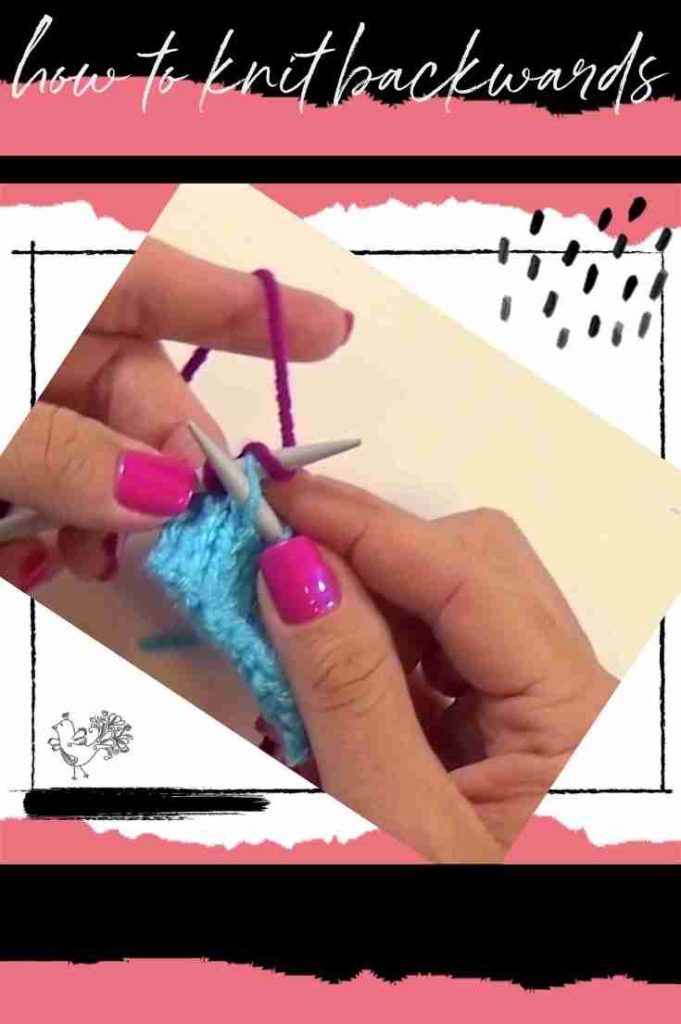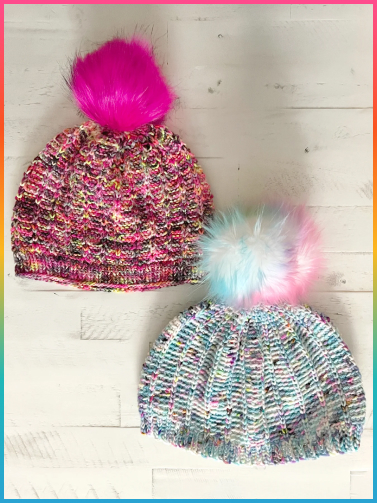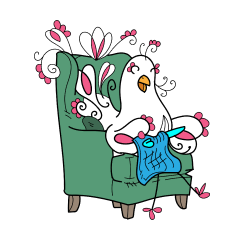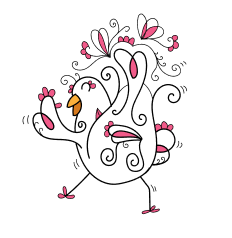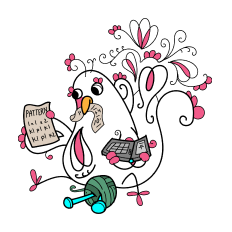How to Knit Backwards (And Why!)
Did you know that you can learn how to knit backwards? Actually, it’s surprisingly easy to do. But why would you want to do it? There are a few instances in which knitting backwards makes a lot of sense. I’ll explain more about that below. Then I’ll show you a concise video that teaches you exactly how to knit backwards with ease!
What Does It Mean To Knit Backwards?
You work with both of your hands in knitting, right? So what does it even mean to learn how to knit backwards? It simply means that you’re going to knit across the row in the opposite direction from what you normally do.
For example, right handed knitters generally knit from right to left. Think about it; you’re reaching your right hand needle on to your let hand needle and bringing the work over from the right side to the left. So, obviously, knitting backwards means knitting from the left to the right. (The opposite would be the case for left-handed knitters.)
Why Would You Want To Learn How to Knit Backwards?
Learning how to knit backwards offers a few key benefits. The main reason that you benefit from learning it is that it means that you never need to turn your work when you’re knitting. Sometimes turning your work is confusing. Sometimes it’s inconvenient. Even when it’s not, you can probably knit faster if you learn how to knit backwards so that you never have to turn your work.
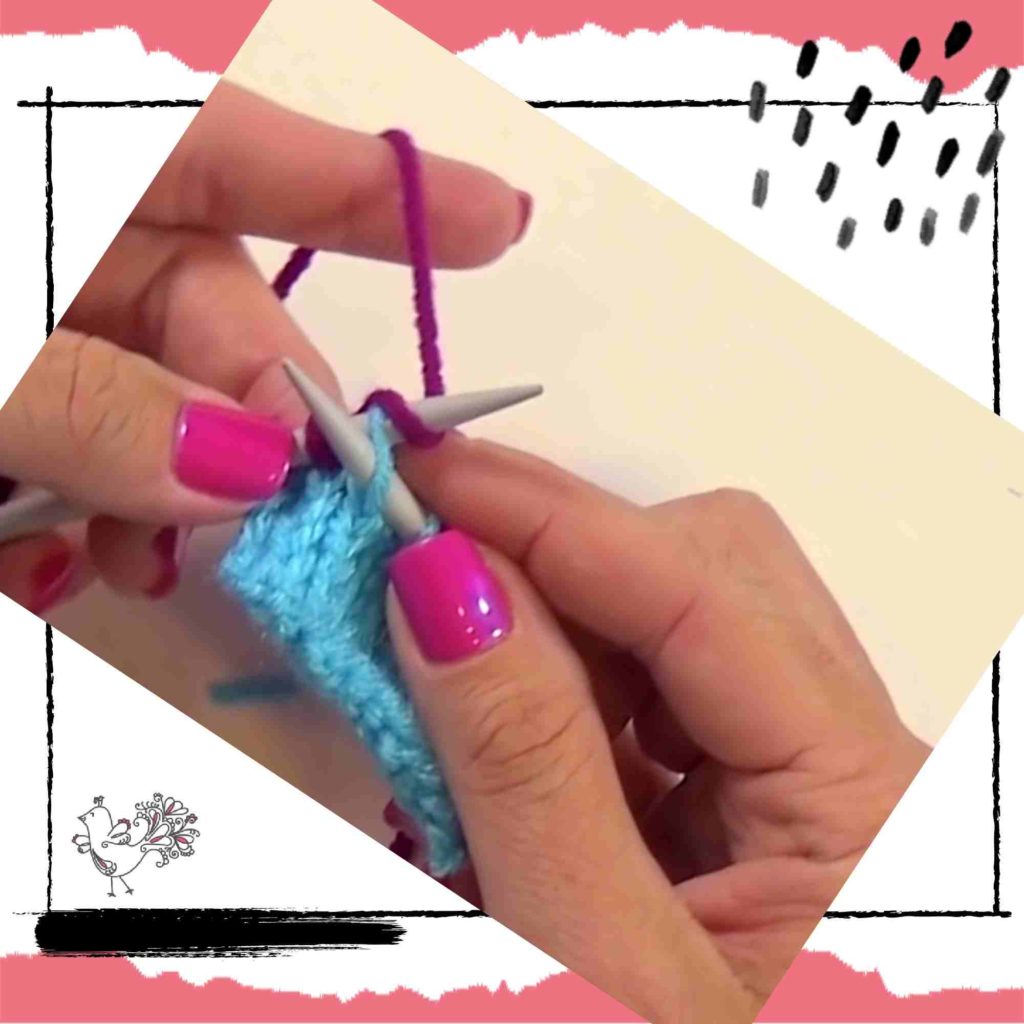
So, for example, let’s say that you’re working stockinette stitch. You would typically work from right to left for your knit row. Then you would turn your work and work right to left for your purl row. INSTEAD, you can work the knit row as normal. Then you can work the purl row from left to right. Note two important things:
- You’ll work off of the stitches on the right needle, bringing them to the left needle.
- You will KNIT NOT PURL this row. Purl stitches are the reverse of knit stitches. Since you’re working backwards across the row on the same side of the work, you do not purl. You knit.
Therefore, you can knit backwards to create stockinette fabric without ever having to turn your work. This is great for people who love knit stitch but have a harder time with purl stitch.
Other Times to Use Knitting Backwards
Knitting backwards is also commonly used in entrelac knitting. Again, it’s because it’s more convenient in this instance to work backwards than to keep turning your work. After all, those rows are short and it’s annoying to keep turning it again and again. Similarly, you might do this when working short rows around shoulder seams. So, it’s a good skill to learn.
Learning Backwards Knitting Is Good For Your Brain
Moreover, learning new things in knitting is good for your brain. If you’re accustomed to knitting a specific way, then you go into autopilot. There’s nothing wrong with that. In fact, it can induce a meditative state that’s really great for you. However, you should also make it a point to challenge yourself with new things in knitting. This stretches your brain. It helps light up new neural pathways. It keeps you learning and growing. Knitting is a safe space to practice new things. And learning how to knit backwards could be one of those things for you.
Knitting Backwards Made Easy
Here’s how to do it:
Did you try it? Tell us about your experience!

